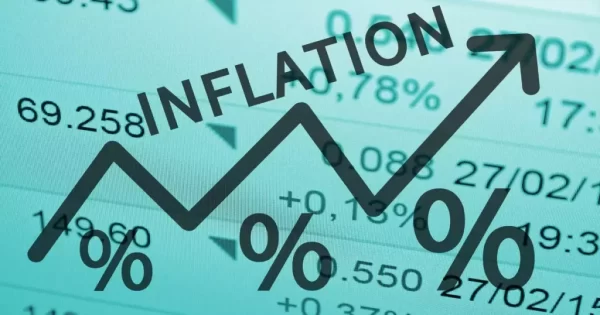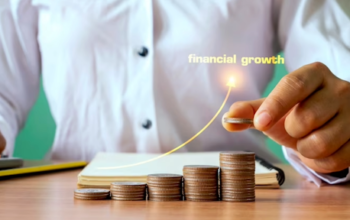Inflation, an economic term that frequently finds its way into conversations and news headlines, has experienced a noteworthy leap in the United States, soaring by 7.5% over the past four decades. The implications of this trend are vast, ranging from altered purchasing power to economic policy shifts. Delving into the nuances of this inflation surge and its far-reaching consequences, this article aims to provide a comprehensive understanding of what has transpired, why it matters, and how individuals and policymakers can address the challenges.
U.S. Inflation: A 40-Year Journey
The United States has undergone a significant transformation over the last 40 years, during which inflation has played a pivotal role. The economy has witnessed inflation rates that have gradually shaped its landscape, giving rise to concerns and considerations. The implications of this rise can be dissected into several facets:
The Drivers of Inflation
Behind the scenes of the inflation surge lie a multitude of factors. Supply and demand dynamics, fluctuations in energy prices, shifts in consumer behavior, and governmental monetary policies all contribute to the inflation equation. As the U.S. inflation rate ascends, understanding these driving forces becomes paramount in grasping its ramifications.
Impact on Cost of Living
The swelling inflation has a direct impact on the cost of living for ordinary citizens. Prices of everyday necessities such as groceries, housing, and healthcare have experienced upticks, making budgeting and financial planning more challenging for families. The increase in the cost of living necessitates a reevaluation of personal financial strategies.
Macroeconomic Implications
On a larger scale, the implications are felt throughout the entire economy. The Federal Reserve’s response to this inflation surge requires careful calibration to maintain a delicate equilibrium between economic growth and price stability. Balancing interest rates, employment levels, and economic growth in the face of mounting inflationary pressures becomes a complex juggling act.
Adjustments in Monetary Policy
The U.S. government’s response to this phenomenon is rooted in adjustments to monetary policy. The Federal Reserve employs tactics such as interest rate changes and open market operations to navigate the inflation landscape. As policymakers make deliberate moves, the effects ripple through markets and influence economic indicators.
Consequences for Investments
Investors are not immune to the sway of inflation. Fluctuations in inflation impact interest rates, bond yields, and equity markets. Strategies for managing investments must account for the evolving economic environment to safeguard portfolios from erosion of value.
Navigating Personal Finance
The surging inflation necessitates a reevaluation of personal financial strategies. Diversification, allocation of assets, and even exploring alternative investments gain prominence in the quest to safeguard wealth amid changing economic conditions.
The Role of Technology
Advancements in technology have the potential to shape the course of inflation. Automation, artificial intelligence, and e-commerce disrupt traditional economic paradigms, potentially influencing the trajectory of inflation and its consequences.
FAQs
1. Is inflation a recent phenomenon in the U.S.?
No, inflation has been a recurring economic phenomenon throughout history. However, the current surge of 7.5% over four decades is noteworthy due to its magnitude.
2. How does inflation impact retirement planning?
Inflation erodes the purchasing power of savings, making it crucial for individuals to factor in inflation when planning for retirement. Investments that outpace inflation are essential for maintaining a comfortable retirement lifestyle.
3. Can inflation be beneficial for the economy?
Inflation, to some extent, can stimulate spending and economic growth. However, high inflation can lead to uncertainty and hinder long-term economic planning.
4. How can individuals protect their savings from inflation?
Diversification of investments, including assets like real estate, precious metals, and stocks, can help mitigate the impact of inflation on savings.
5. What role does the government play in controlling inflation?
Governments can influence inflation through monetary policies, including adjusting interest rates and managing the money supply. These policies aim to strike a balance between economic growth and price stability.
6. Are there global factors contributing to U.S. inflation?
Yes, global events such as supply chain disruptions and shifts in global trade dynamics can contribute to inflation in the U.S.
Conclusion
The journey of U.S. inflation, witnessing a remarkable 7.5% surge over the span of 40 years, has left an indelible mark on the nation’s economic landscape. Understanding the drivers, consequences, and strategies to navigate this complex phenomenon is imperative for individuals, policymakers, and investors alike. As the nation grapples with economic shifts, proactive responses can pave the way for stability and prosperity.




